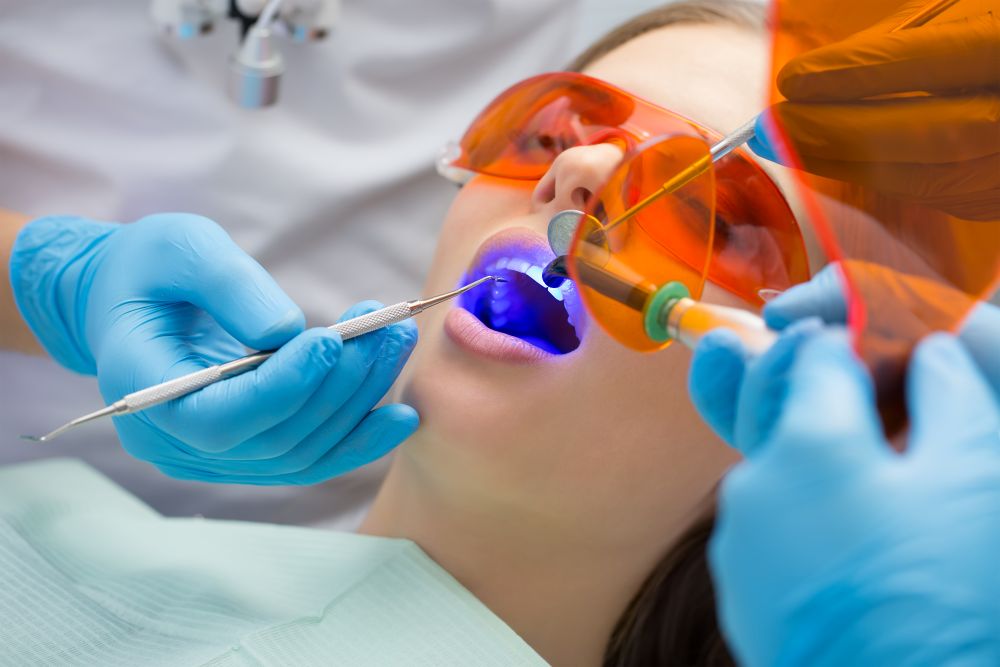How Do You Know if You Need a Dental Filling?
February 13, 2025

Dental decay is a common but dangerous condition of the teeth. Though it is easily fixed, if left untreated it can worsen and eventually cost you your smile. Here’s how you can tell if you may have it, and how your dentist can help stop it from getting worse!
What is Dental Decay?
Dental decay occurs when sugar in your mouth left behind from the foods you eat slowly dissolves your teeth. It happens when these sugars react to the bacteria found in plaque, forming acid that softens the tooth’s enamel and dentine. Thankfully, this acidity is eventually neutralized through the salts in your saliva, however it can wreak havoc on your teeth for about an hour after you eat or drink if not brushed away sooner.
Types of Dental Decay
There are three types of dental decay: coronal cavities, root cavities, and recurrent decay. Coronal cavities are the most common and occur on the chewing surfaces and between the teeth. Root cavities can develop when the patient has receding gums and exposed tooth roots, and recurrent decay forms around existing restorations like fillings and dental crowns.
Signs of Dental Decay
Though it can be difficult to tell if you have tooth decay, sometimes there may be warning signs. These include:
- A toothache
- Sharp or throbbing pain in the tooth
- Pain when biting or chewing
- Sensitivity to hot, cold, pressure, and sweet or acidic foods
- A hole in your tooth that you can see or feel
- Dental floss tearing in the same spot
- Food frequently caught between the same teeth
- A broken filling or lost filling
- A Chipped or fractured tooth
If you notice any of these symptoms, don’t wait for your regular dental appointment for help. Reach out to your dentist as soon as possible for an evaluation.
Treating Dental Decay
Thankfully, there is a way to treat dental decay. It’s called a filling, and it’s provided by your dentist. To get a filling, your dentist will first numb your tooth and the surrounding area. Then, he will drill away the decayed area of the tooth. Once clean, the tooth will be filled in with tooth-colored composite resin that closes it back up and prevents further decay. Your tooth will look and feel just as it did before the decay and should be fully functional.
In some cases, larger areas of decay may require bigger restorations such as dental crowns.
Preventing Dental Decay
The good news is that dental decay is completely preventable. To reduce your risk of developing it, be sure to brush your teeth twice a day, and floss once daily. Furthermore, don’t forget to visit your dentist twice a year for your regular, biannual exam and cleaning. These appointments will not only help reduce dangerous decay-causing plaque, but they can also help spot cavities before they form or worsen.
Remember, cavities are so common that an estimated 90 percent of all American adults have had at least one in their lifetime but treating them in a timely manner is the best way to protect your smile from further damage. Don’t let dental decay ruin your beautiful smile! If you notice any changes in your oral health, contact your dentist for help as soon as you can!
About Dr. Wardlaw
Dr. Stephen Wardlaw earned his BS in microbiology at the University of Arkansas, and his dental degree at Baylor College of Dentistry. He is a recipient of the prestigious rank of fellow in the International College of Oral Implantologists, and a proud member of professional associations such as the American Dental Association (ADA), State of Texas Dental Association (TDA), Academy of General Dentistry (AGD), American Association of Cosmetic Dentistry (AACD), TCDS and the Dallas County Dental Society (DCDS).
No Comments
No comments yet.
RSS feed for comments on this post.
Sorry, the comment form is closed at this time.

